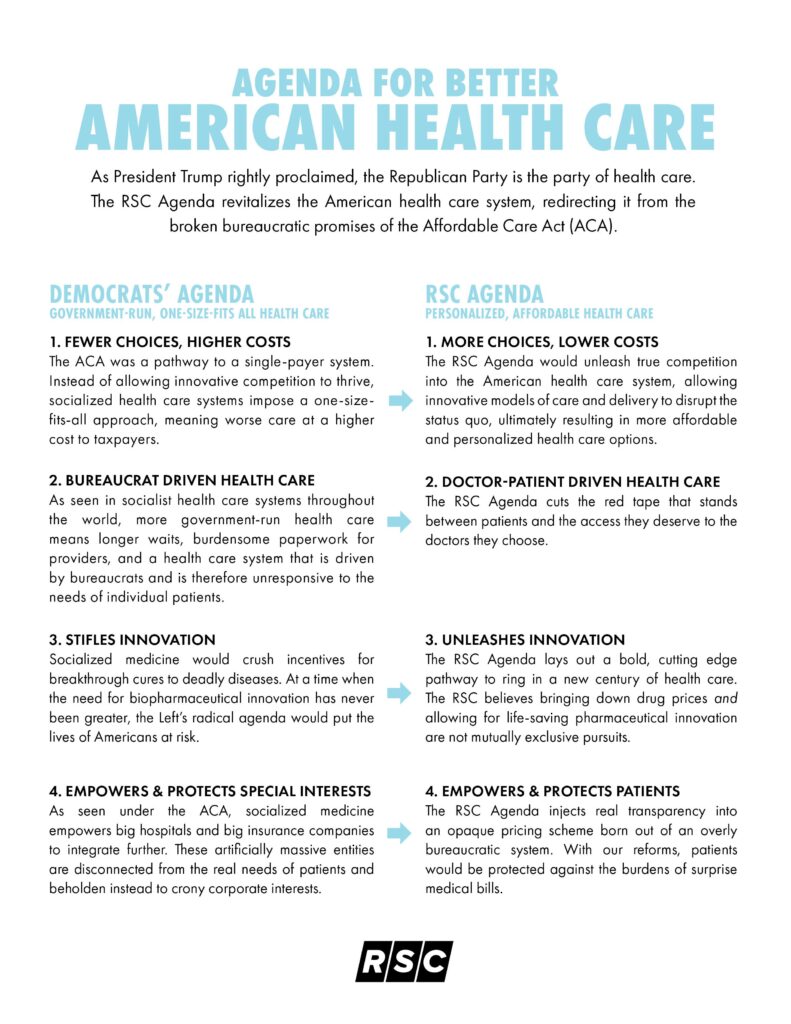House Republicans’ Health Policy: A Threat to Coverage and Affordability
In a bold move that has sparked concern among health advocates and economic experts, House Republicans have introduced a health policy agenda that many critics believe could drastically reduce coverage for millions of Americans while increasing out-of-pocket expenses. This initiative aims to overhaul significant components of the U.S. healthcare system, igniting fierce discussions about its potential effects on at-risk populations. A recent analysis from the Center on Budget and Policy Priorities highlights that these proposed reductions could worsen existing inequalities in healthcare access, further burdening families already grappling with the complexities of medical care. As legislators prepare for discussions regarding this agenda, questions arise about whether financial savings justify the potential harm to public health.
Impact on Healthcare Access
The latest proposals from House Republicans pose serious risks to vital health services, potentially leading to increased out-of-pocket costs for countless Americans. The suggested cuts threaten to dismantle essential aspects of healthcare accessibility. Notable elements include:
- Decreased Medicaid Funding: Reductions in funding may leave vulnerable groups without sufficient coverage.
- Abolition of Preventive Services: Access to critical screenings and vaccinations could be compromised, resulting in higher long-term healthcare costs.
- Rising Prescription Drug Prices: Restrictions on negotiations for lower prices might cause medication costs to soar.
The recent budget proposals also indicate a troubling trend towards privatizing healthcare services, often prioritizing profit margins over patient welfare. This shift may result in:
| Consequences | Potential Outcomes |
|---|---|
| Increased Premiums | Lesser affordability for families seeking insurance coverage. |
| Diminished Access | Longer wait times hindering timely medical attention. |
Financial Burden on Families and Effects on Preventive Care
The proposed alterations under the House Republican plan impose substantial financial strains on families nationwide. By cutting essential health benefits, households may face escalating out-of-pocket expenses not only for necessary medical treatments but also due to reduced access to preventive care—putting many at risk for untreated conditions. Consequently, this situation is likely to lead families toward emergency care options as they seek treatment for issues that could have been managed or avoided through early intervention.
The decision to withdraw funding from specific preventive services like vaccinations and screenings threatens further disparities among low-income communities and marginalized groups. The following table illustrates potential financial impacts due to delayed treatments:
| $200 | ||||||
This shift not only jeopardizes family well-being but can also lead into long-term economic repercussions as untreated conditions escalate into more costly management scenarios. If families are unable or unwilling to bear these expenses, they might postpone seeking necessary care altogether—creating a cycle of deteriorating health outcomes that burdens both individual finances and the broader healthcare system.
Strategies for Safeguarding Coverage and Ensuring Affordable Healthcare Options
Tackling the adverse effects stemming from proposed cuts requires policymakers and advocates uniting around strategies aimed at enhancing both accessibility and affordability within healthcare systems.A robust reinforcement of the Affordable Care Act (ACA), ensuring subsidies remain intact or are expanded particularly benefiting low- and middle-income households should be prioritized alongside initiatives aimed at boosting enrollment outreach so eligible individuals can easily navigate their options without facing financial hurdles.
Other recommended actions include:
- Expanding Medicaid programs in states yet adopting it , thus providing crucial services reaching millions living below poverty line .< / li >
- Implementing price transparency measures to empower consumers enabling informed decisions regarding their expenditures .< / li >
- Negotiating drug prices directly with pharmaceutical companies to alleviate high prescription medication costs reducing family stress financially .< / li >
Additionally , exploring innovative solutions promoting equity within population’s overall wellness is paramount . Investing community-based programs tailored specifically addressing unique needs underserved populations can bridge gaps effectively . Collaboration between public-private sectors will facilitate comprehensive approaches yielding positive results across board .
Below is an illustrative framework outlining possible measures enhancing access affordability :
| < b >Measure th > | < b >Objective th > | < b >Expected Impact th > tr >
|
|
|
| |
|---|
Conclusion: Navigating Future Challenges Ahead h 2 >
The House Republican’s approach towards reforming our nation’s health policy carries profound implications affecting millions who depend heavily upon fundamental coverages provided by existing frameworks . By proposing drastic cuts threatening vital service availability while simultaneously raising personal expenditure levels , this agenda risks exacerbating inequities leaving vulnerable demographics unsupported during critical times when assistance needed most urgently .
As lawmakers advance forward with deliberations surrounding these changes , careful examination required given their capacity disrupt entire landscape impacting citizens’ lives significantly over time ahead .
Engagement across political divides fostering constructive dialogue remains crucial if we aim prioritize comprehensive affordable solutions safeguarding well-being all citizens involved hereafter .
